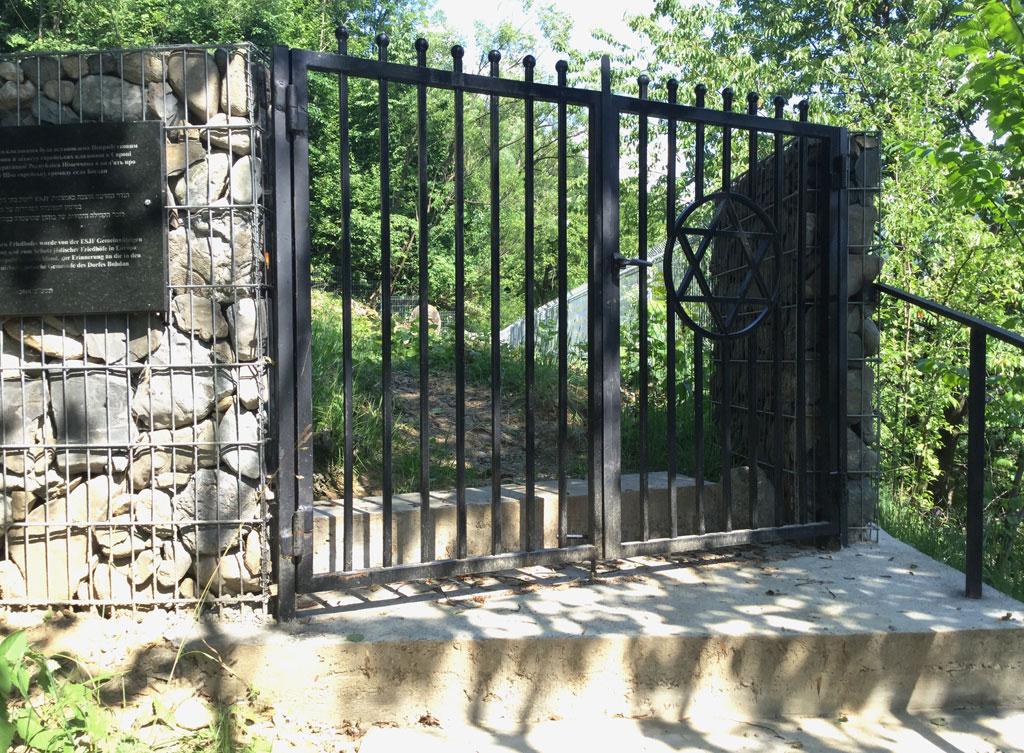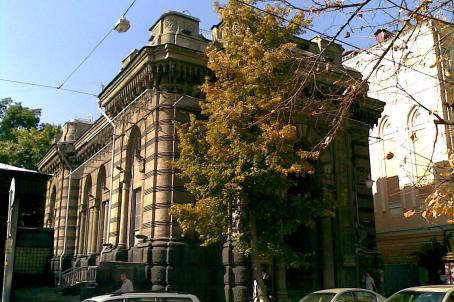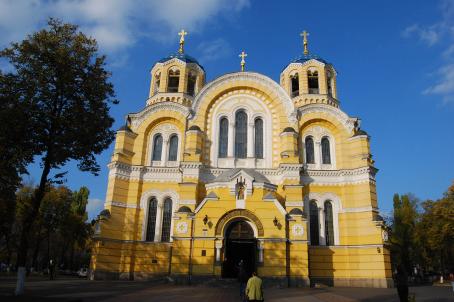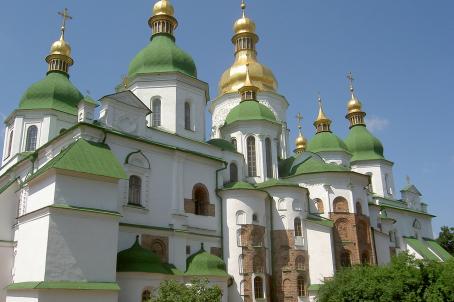Bohdan Jewish Cemetery
The exact period of the cemetery’s establishment is unknown. Since it was not marked on a cadastral map of 1863, most likely it appeared later. The earliest preserved gravestone dates to the end of the 19th century. The fence was installed by ESJF in 2018.
About this building
For more information on this site visit: https://www.esjf-cemeteries.org/fenced/bohdan-jewish-cemetery-2/






